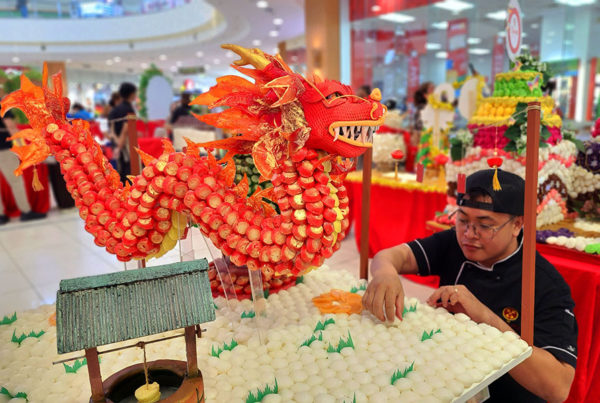Hope for mango industry glitters
Hope glitters for mango industry. This exotic tropical fruit might successfully penetrate the international market (if plans are implemented properly) as agriculture authorities and the four Ilocos region provinces are eyeing the international market.
Recently, a month-long training was opened at the Agriculture Training Institute-Provincial Training Center in Sta. Barbara. This is still ongoing and participants include high value commercial crops coordinators and agricultural technologists from Pangasinan, La Union, Ilocos Sur and Ilocos Norte.
The activities will surely benefit the participants as they are on intensive training in production and integrated pest management (IPM) of mango.
Ask me what’s my favorite fruit and without batting an eyelash, I would tell you it’s mango. I love ripe mangoes that whenever its season comes around, we in my little house would rather have this fruit for breakfast, merienda or dinner. I guess we inherited our love for it from my maternal grandmother as I recall that whenever she would visit us, she would request my mother to buy one kaing of ripe mangoes.
I remember writing about mangoes in this column last year. Its potentials in the foreign market was partly discussed here but stiff competition and stricter international quality control make it difficult for the Philippine mango to compete.
Thus, this ongoing seminar is timely as,” we hope to produce pesticide-free mangoes which can meet international standards so we can export to more countries,” said Jose Almendares, Pangasinan provincial agriculturist.
Time was when some of my neighbors in San Carlos City would burn dried leaves so that it would induce flowering on the mango tree and pesticides would not feast on it. But came a season when the use of pesticides became an instant solution to this problem.
Well, as they say, anything in excess is harmful.
By the way, San Carlos City produces one of the best tasting mangoes. In fact, some vendors in Baguio City would place a small carton on beautifully arranged ripe mangoes identifying that these are from San Carlos.
I also remember that during a tourism affair in Intramuros, Manila where Dagupan City and San Carlos City were among the participants, it was the mangoes from San Carlos City that were easily sold out. One observer told me this,” Panon to met ey, say inawit na samay Dagupan delegation amay panangan ya tinopi, walay chunky chicken odino tuna, ham and cheese, hotdog ya lako na sakey ya kanayon na staff nen BSL ya ilalako dad man ed Tapuac.”
Back to the mangoes, did you know that it is the third biggest dollar earning fruit of the Philippines next to banana and pineapple? And Pangasinan is the country’s top mango producer but many problems like lack of policy advocacy, lack of mango specialist training, poor or slow transfer or adoption of technology, lack of mango information network and massive spraying of potassium nitrate affect the industry.







